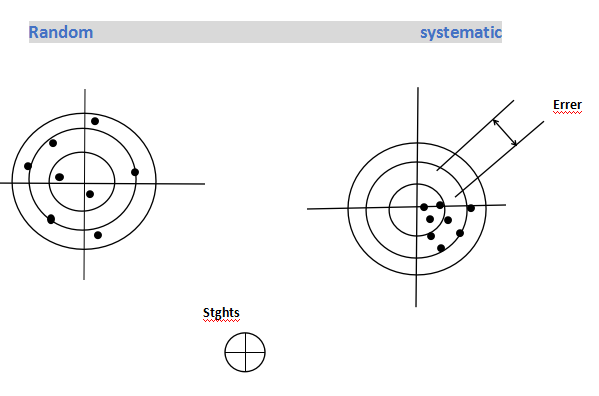- Call us!
- +86 531 8887 6213
- cathy@winner-psa.com
Uncertainty is defined as a parameter that characterizes the dispersion of a reasonably measured value and is associated with the measurement result. It can be seen from the definition that uncertainty refers to the measurement results and is used to characterize the degree of dispersion of the results. Therefore, it can be described with quantitative figures, that is, it is a quantitative concept. For standard materials, the uncertainty results are composed of three parts: the uncertainty caused by the inhomogeneity of the standard material, the uncertainty caused by the instability of the standard material and the definite value of the standard material uncertainty in the process.
The uncertainty of the fixed value and the uncertainty introduced by the uniformity and stability test are superimposed according to the method of square and square root to give the composite standard uncertainty, which is denoted as UC. The uncertainty obtained by multiplying the composite standard uncertainty by the factor (including factor) becomes the expanded uncertainty or the total uncertainty, which is called U.
When giving the expanded uncertainty, the value of the inclusion factor (denoted as K) should be indicated, which is related to the required confidence probability and degrees of freedom.

Copyright © Jinan Winner Particle Instrument Stock Co., Ltd. All Rights Reserved | Sitemap
Keywords:
Laser Particle Size Analyzer Spray Particle Size Analyzer Particle Image System Online Particle Size Analyzer Particle Size Analyzer particle size distribution particle size analyzer manufacturer Laser diffraction particle size analyzer particle size malvern particle size analyzer